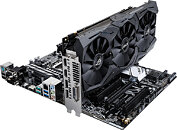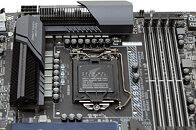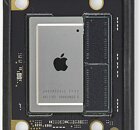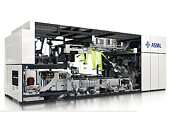GPUs to See Price Increase Due to Import Tariffs, Other PC Components to Follow
Yesterday, we have reported that ASUS is officially increasing the prices of their graphics cards and motherboards, due to increased component and logistics costs. What the company meant by that was not exactly clear to everyone, as it looked like the company has adjusted to the current market prices exceeding the MSRP of components like graphics cards. The GPUs are today selling at much higher prices compared to the original MSRP and it is representing a real problem for consumers. Today, we get to see what is the underlying problem behind the announcement we saw yesterday and if we are going to see more of that in the close future.
According to the New York Times, the Chinese import tariff exemptions have expired with the arrival of a new year (2021) and we can expect the tariffs to start from 7.5%-25%, which will massively increase component costs. A Reddit user has noted that MSRP will increase about $80 for every major GPU manufacturer like ASUS, GIGABYTE, PNY, Zotac, etc. so we are expecting MSRP adjustment from other companies to follow just like ASUS did. The import tariff exemptions are also supposed to increase MSRPs of other PC components like motherboards, SSDs, PSUs, cases... everything without exemption. As a product of a trade war between China and the Trump administration, it remains a question will these tariffs get easier shortly, so consumers can afford their desired components.
According to the New York Times, the Chinese import tariff exemptions have expired with the arrival of a new year (2021) and we can expect the tariffs to start from 7.5%-25%, which will massively increase component costs. A Reddit user has noted that MSRP will increase about $80 for every major GPU manufacturer like ASUS, GIGABYTE, PNY, Zotac, etc. so we are expecting MSRP adjustment from other companies to follow just like ASUS did. The import tariff exemptions are also supposed to increase MSRPs of other PC components like motherboards, SSDs, PSUs, cases... everything without exemption. As a product of a trade war between China and the Trump administration, it remains a question will these tariffs get easier shortly, so consumers can afford their desired components.











































